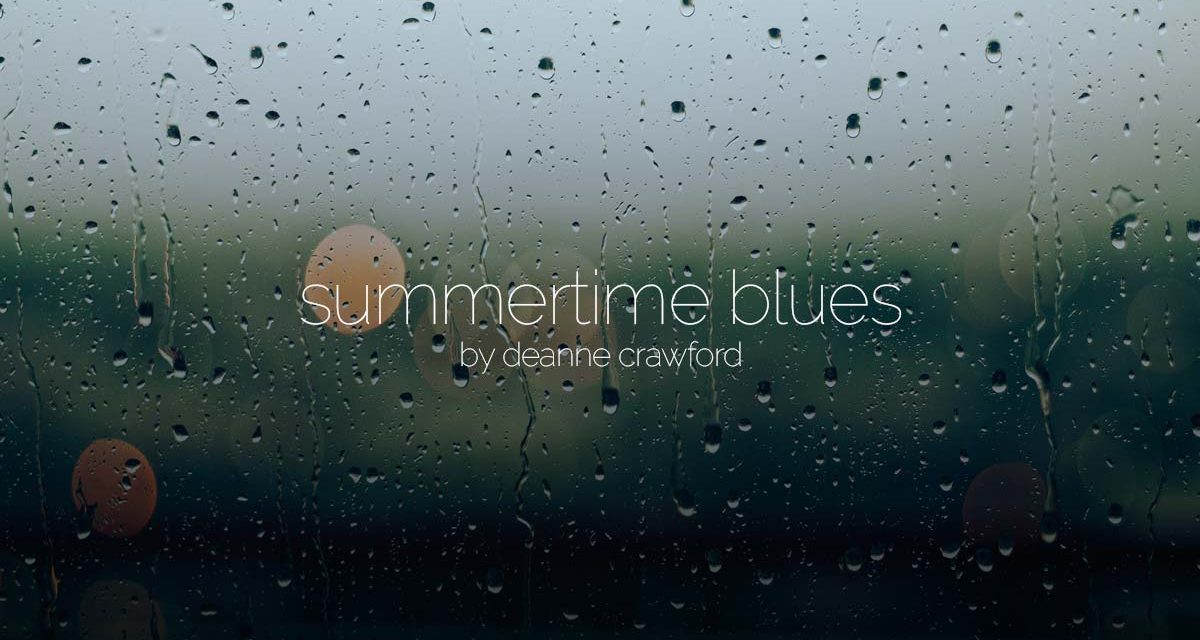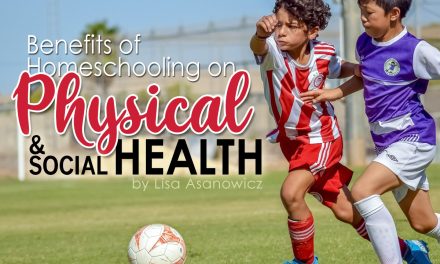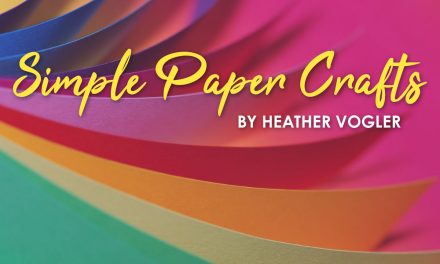If I asked you to describe the perfect summer day, what thoughts invade your mind? Peaceful conversations over iced lemonade? Lounging on the beach while your children joyfully build sand castles nearby? Sounds delightful, doesn’t it? In my family, I remember eagerly awaiting the arrival of summer only to find that within a few short days, we were restless and short with each other. So, maybe I just shared a deep, dark secret from my homeschooling days that you are not unable to relate to…or maybe you found yourself nodding along. . .
If stress filled summer days describe your summer, take heart! You are not alone! While the simplicity and freedom of summer fills some families with joy, others find the need for more daily structure.
Early in our homeschool journey, I heard about the value of “productive free time.” Productive free time is a defined block of time during which children are allowed to explore, create and learn in areas interest to them. Summer time is the perfect opportunity to introduce this valuable idea to your children.
Introducing productive free time is relatively easy. Ask your children what they are interested in learning. Once they have identified an area of interest, use the internet, library or even friends who have an interest in the area for resources to immerse them in the topic. This may seem similar to the unit study approach; however, there is one big difference. Responsibility for learning rests on your children and not on you, the parent, to create a study. While pursing interests will be easier for older children, younger children will enjoy Legos, puzzles to put together or creating craft projects.
One thing my family loved to do during the quieter, warm months was to create art and craft projects. Rather than a set kit or instruction, I would purchase a variety of supplies and encourage my children to create or decorate pictures, treasure boxes (using shoe boxes) or any other free exploration they wanted to try. Sometimes this was done at the kitchen table and sometimes outdoors to contain the mess. If your children want to immerse themselves in art, check out the free Art Through the Year lessons with Sharon Jeffus.
An important aspect of being productive is play. Children love to dress up and have tea parties, or don cowboy and Indian garb and chase one another through the yard. Would you be surprised to learn that the American Academy of Pediatrics has written extensively about the detriment to today’s children caused by the lack of free play? They have identified several benefits to free play for children including: healthy brain development; improvement in imagination, dexterity, and physical, cognitive and emotional strength–along with decision making and leadership skills.
The sky is the limit when it comes to productive free time. You may find that your children struggle with the idea of doing something without a plan or direction, and that is ok. If this struggle is real, start with a small (15-30 minute increments) time frame to encourage individual pursuits. At the end of this time, come together as a family and create a new recipe or read together. After a predetermined time of togetherness, encourage individual pursuits. Productive free time pursuits are as individual as your family and children. Every family is different and each stage of learning is different for a child. Our goal as parents is to guide our children into discovery through free play and exploration as well as help them to become self-learners. Children are created with innate personalities, talents and interests, and with a little encouragement, can be set free to flourish!





